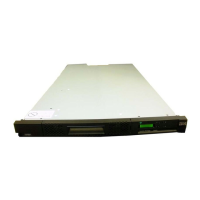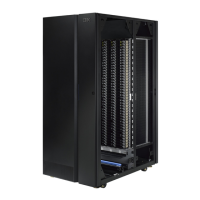Most methods of data migration affect the everyday operation of a computer
system. When data is moved, the data must be in a certain state, typically requiring
that updates or changes cease while the movement occurs. Depending on the
amount of data that you are moving and your migrating method, data could be
unavailable for an extended period of time, perhaps several hours. The following
factors might contribute to the migration time:
v Creating new logical volumes or file systems
v Modifying configuration files
v Receiving integrity checks
The
following items are more than likely among the topics considered by your
system administrator to determine the best method to use to migrate your data:
v Management software provides simple robust methods that you can generally
use during production without disturbing users.
v The AIX logical volume manager (LVM) provides methods that you can use at
any time without disrupting user access to the data. You might notice a small
performance degradation, but this is preferable to shutting down databases or
requiring users to log off the system.
Notes:
– AIX and HP-UX 11.xx ship with logical volume management (LVM)
software as part of the base operating system. LVM provides
complete control over all disks and file systems that exist on an AIX
system. HP-UX has similar volume management software.
– Sun Microsystems has a basic volume management product called
Solstice, which is available for the Solaris systems.
– Linux systems also use the LVM.
v Methods that use backup and restore procedures generally have the most impact
on the system usage. They require that databases and file systems be in
quiescent states to ensure a valid snapshot of the data.
Chapter 1. Introduction to IBM TotalStorage DS8000 series 23

